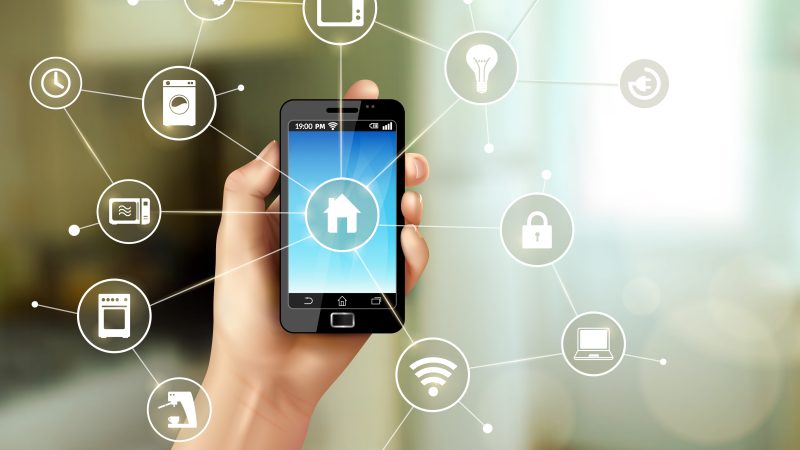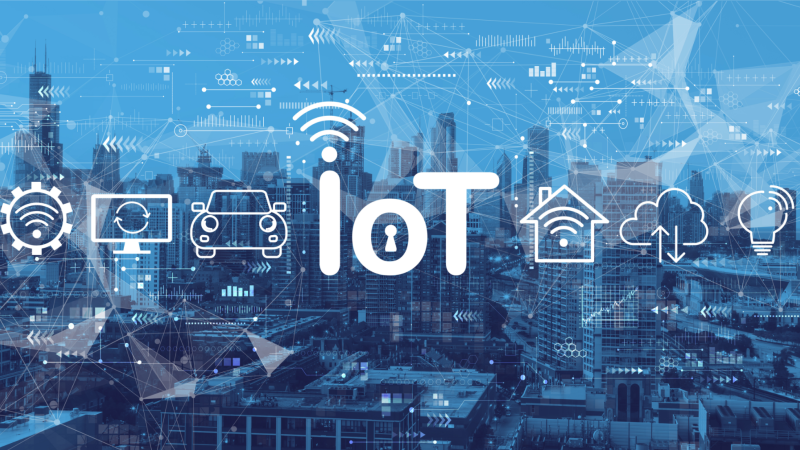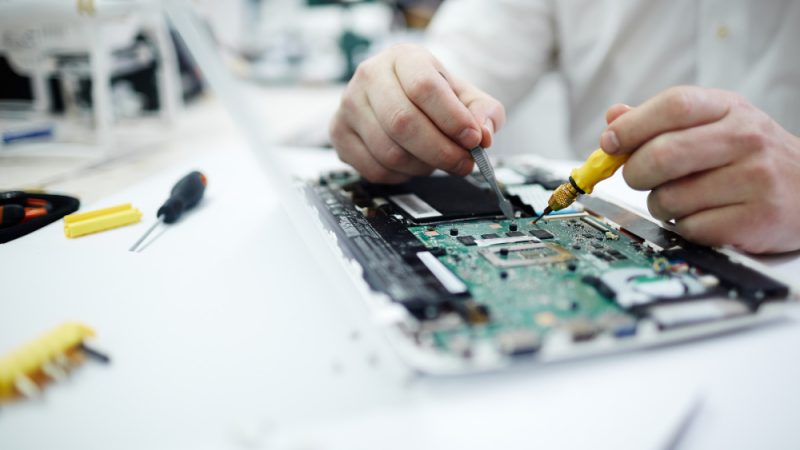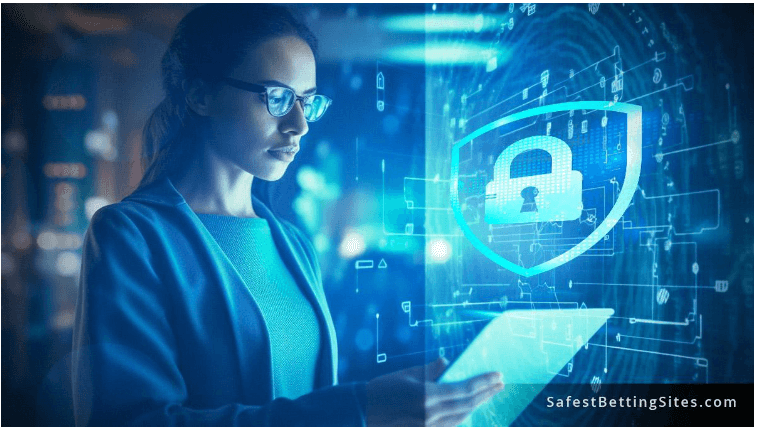What Is IoT ? Internet Of Things Use Cases
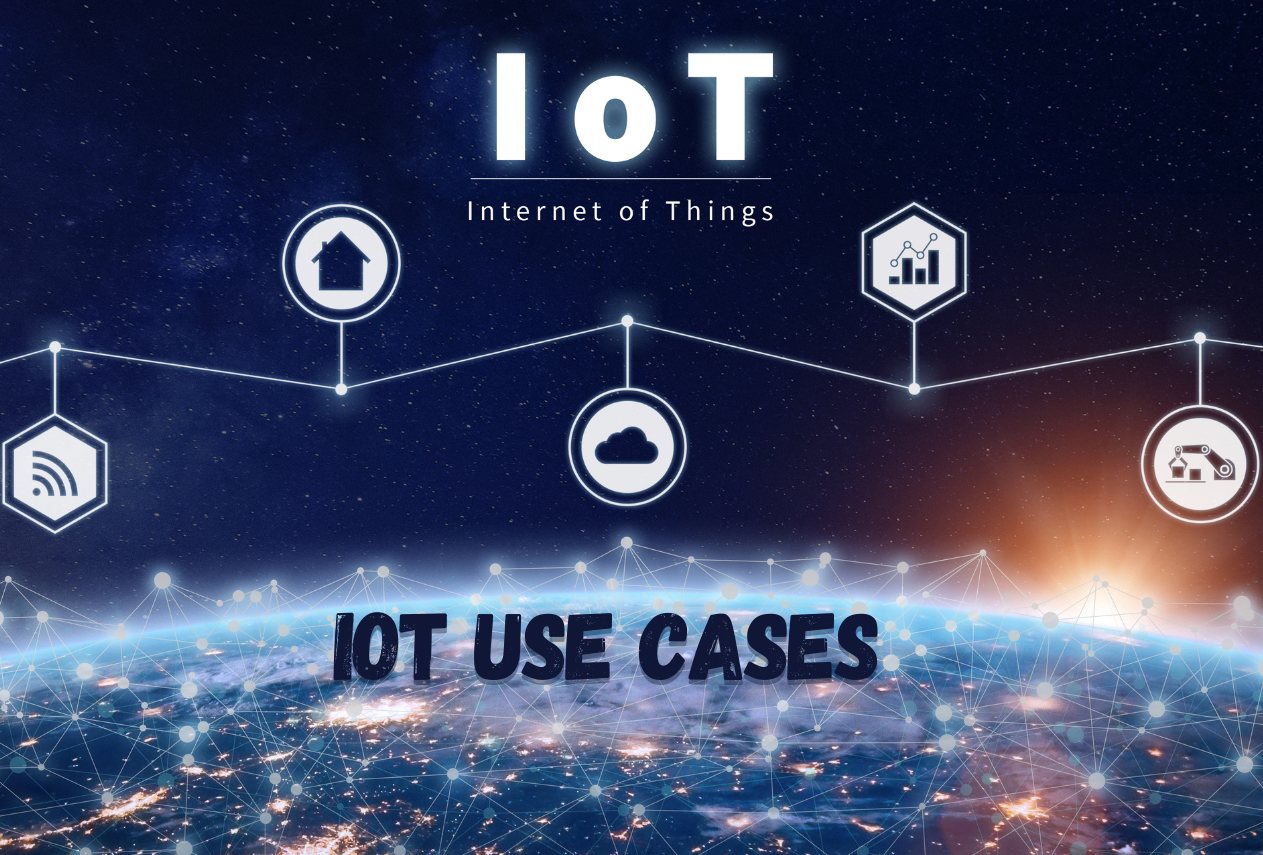
Do you know the word “IoT”? I think that there are many people who do not know the meaning of IoT but are experiencing IoT in their daily lives. For example, consider a scene where you use a TV or an air conditioner. Nowadays, you can connect your TV to the Internet and make recording reservations on your smartphone from work. Similarly, by remotely controlling the air conditioner with a smartphone, it is possible to keep the room at the optimum temperature according to the time of returning home. “IoT” is a mechanism that makes the world more convenient in
this way. This time, I will explain what IoT is and Use Cases IoT.
What Is IoT
IoT is an acronym for “Internet of Things , To briefly explain the IoT, it is a mechanism that “everything around us is connected to the Internet .”
Until now, things such as personal computers and mobile phones have been connected to the Internet. With IoT, TVs and air conditioners, which were previously unrelated to the Internet, will be connected to the Internet, enabling things to communicate with each other and to be recognized, measured, and controlled remotely. The characteristic of IoT is that things not only operate and connect to the Internet, but also access the Internet by themselves.
Internet Of Things Use Cases
In addition to the TVs and air conditioners introduced at the beginning, IoT is being used in various fields. This time, we will introduce examples of utilization in automobiles, transportation, logistics, medical care, and agriculture
IoT in the automotive field
By connecting a car to a smartphone, smart devices are being used that allow people to know directions and enjoy music in the car without using a car navigation system.
In addition, automobile manufacturers around the world are rushing to develop “autonomous driving systems” for practical use in the future . With the autonomous driving system, automobiles equipped with sensors can automatically perform actions such as “running,” “turning,” and “stopping.” The “automatic braking” function already installed in some automobiles can be said to be a precursor to autonomous driving.
IoT in transportation
The arrival of the bus may be delayed due to traffic jams. Recently, buses are becoming more and more IoT-enabled, and it is possible to know in real time “how many minutes the bus will arrive” from the QR code on the website or at the bus stop .
In addition, trains can also know the actual operation status in real time. This is useful when there is a delay and you are “confused about whether to switch”.
IoT in logistics
Even in the world of logistics, IoT is rapidly expanding its field of activity. Especially in delivery and warehouse inventory management, the movement is remarkable.
For example, delivery services using drones and self-driving cars are attracting attention. Although there are still hurdles such as legislation, drones in particular are being developed to a level that is technically practical.
In addition, inventory management and transportation efficiency in warehouses that make full use of IoT will further promote the elimination of labor shortages and the effective use of resources and energy.
IoT (IoMT) in the medical field
Wearable devices are playing an active role in the IoT in the medical field . Recording and managing your health with a wearable device and sharing it with your doctor will help you manage your health. Some devices alert you when your health deteriorates. Health management through the introduction of IoT in medical care enables prevention of illness and efficient treatment. One of the major breakthroughs in the industry have been made by Cisco DNA Spaces. When it comes to iot and healthcare their products are by far the best in ensuring health care providers are providing their patients and residents with first class experience.
Recently, IoMT (Internet of Medical Things) , which is a more medically specialized idea, has been advocated. IoMT is the concept of connecting medical devices and healthcare IT systems online.
For example, a major American medical device manufacturer has developed a cardiac pacemaker with autonomous communication functions. We provide a service that collects and accumulates patient biometric data and automatically sends it to medical institutions. This allows doctors to remotely monitor the patient’s condition in real time, providing more efficient and accurate diagnosis. It also contributes to a significant reduction in the risk of misdiagnosis.
IoT in agriculture
Even in agriculture, which has an impression that it is far from IT , IoT is advancing. For example, automated systems for watering and fertilizer in greenhouse cultivation are part of the IoT. Instead of just giving water and fertilizer, the amount of water and fertilizer and the timing of giving are measured based on the amount of solar radiation and soil conditions read by sensors attached to the farmland. Water-saving cultivation is made possible by utilizing IoT for agriculture. The importance of IoT is increasing in the world’s agricultural sector, where there is a growing shortage of farmers and more efficient production is required.
IoT and security
With the development of the IoT industry, the number of devices connected to the Internet is steadily increasing. According to IPA , in 2020, more than 20 billion connections of various “things” such as home appliances, crime prevention equipment, automobiles, and medical equipment will be formed. At first glance, it may seem convenient, but considering that these “things” exchange important information related to our privacy, appropriate security measures are an urgent issue.
In particular, companies hold important “information assets” such as customer information and product information under development. Maintaining and managing information assets by preventing unauthorized access, confidentiality leaks, and data falsification is an important management issue recognized worldwide.
Further measures will be required in the future so as not to lose the trust of information assets and customers. Let management departments such as information systems brush up their knowledge of programming and servers to establish a more robust information protection system. In addition, general employees other than the system management department are also required to acquire IT literacy in order to prevent human errors such as “inadvertent” in their daily work.
What engineers are needed for IoT development?
The engineers required for IoT development are mainly embedded engineers and web engineers . Embedded engineers develop computer systems to control specific functions built into mechanical products. This embedded system is an essential part of the machines around us. Web engineers create screen layouts for users to operate IoT devices, and programs that send commands to the control computer built into the device.
As mentioned above, IoT is advancing regardless of the industry, so engineers involved in IoT development will be needed in a wider range of industries in the future. Engineers with the necessary knowledge and Certification In IoT development have the opportunity to play an active role in a wide range of fields, not just in a specific industry.
The IoT is evolving day by day. Whether or not you are needed as a human resource for IoT development depends on how you can keep up with new technical information.
Conclusion
This time, we introduced an explanation of IoT and examples of using the Internet of Things. In the future, it is expected that IoT will be introduced to the services of local governments. For example, parking lots in Los Angeles have made it possible to use parking lots efficiently by utilizing IoT. In the field of IoT, there are many products in the research stage, so there are further possibilities.
Author Bio – Irshad Mohammad Is a graduate from an arts background, Currently working as an SEO analyst and content contributor at Mindmajix. He is a technology enthusiast who loves to write about AI, Machine Learning, Business Process Management, IoT Etc. You can reach out to him on Linkedi

